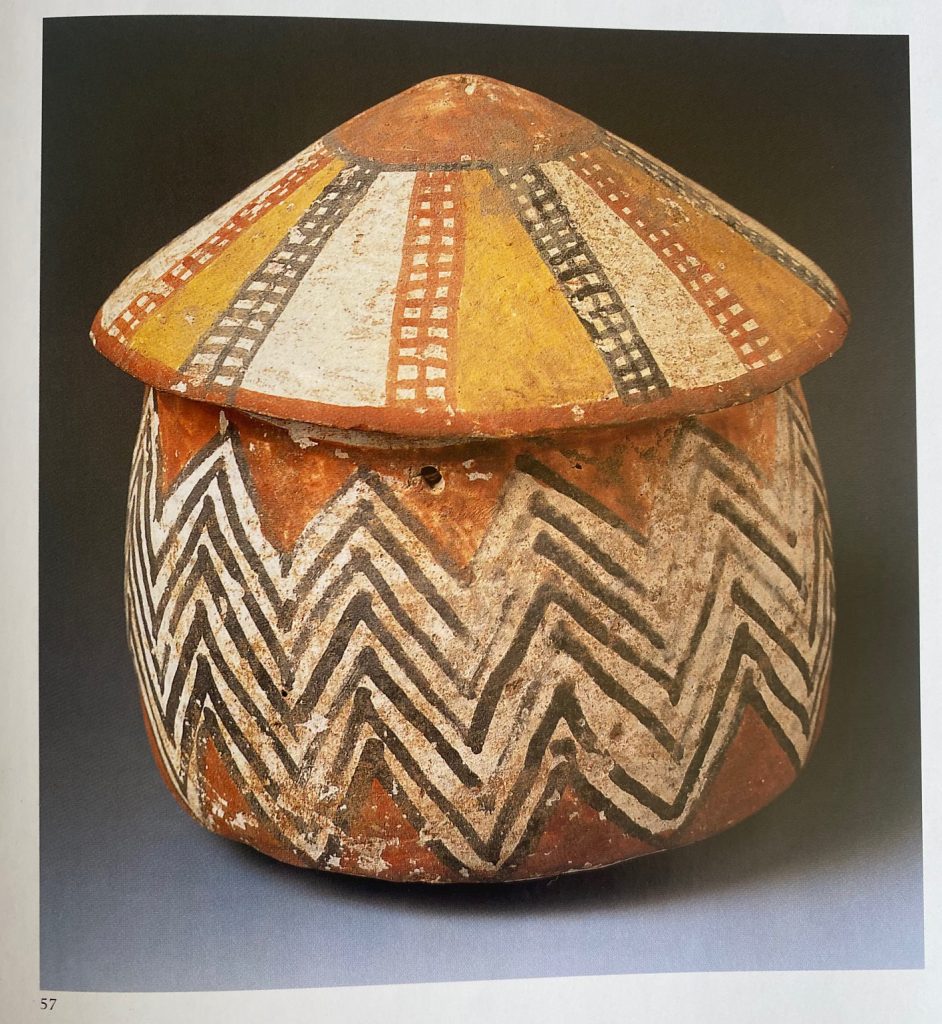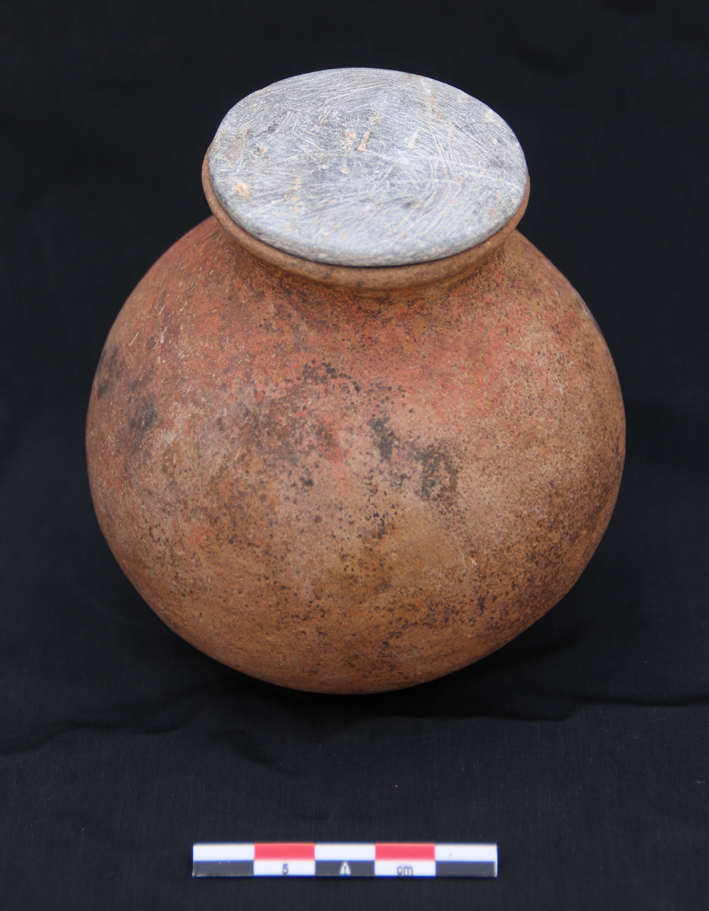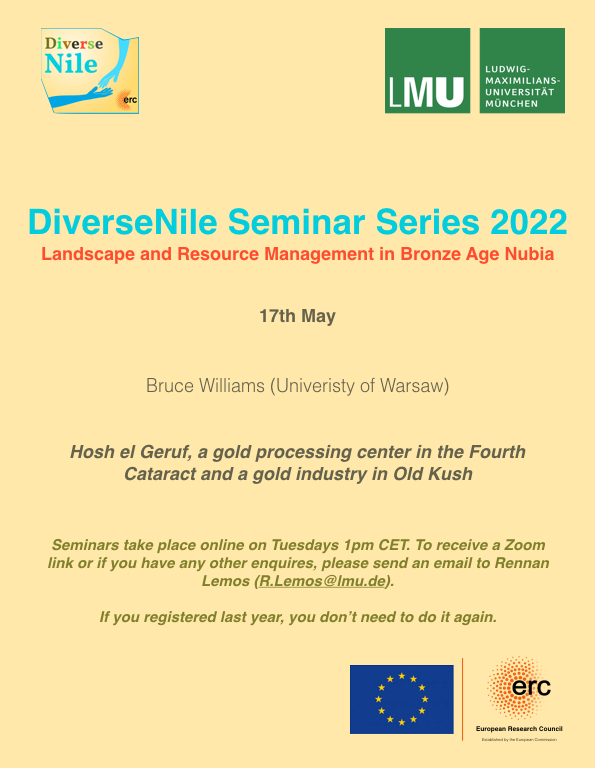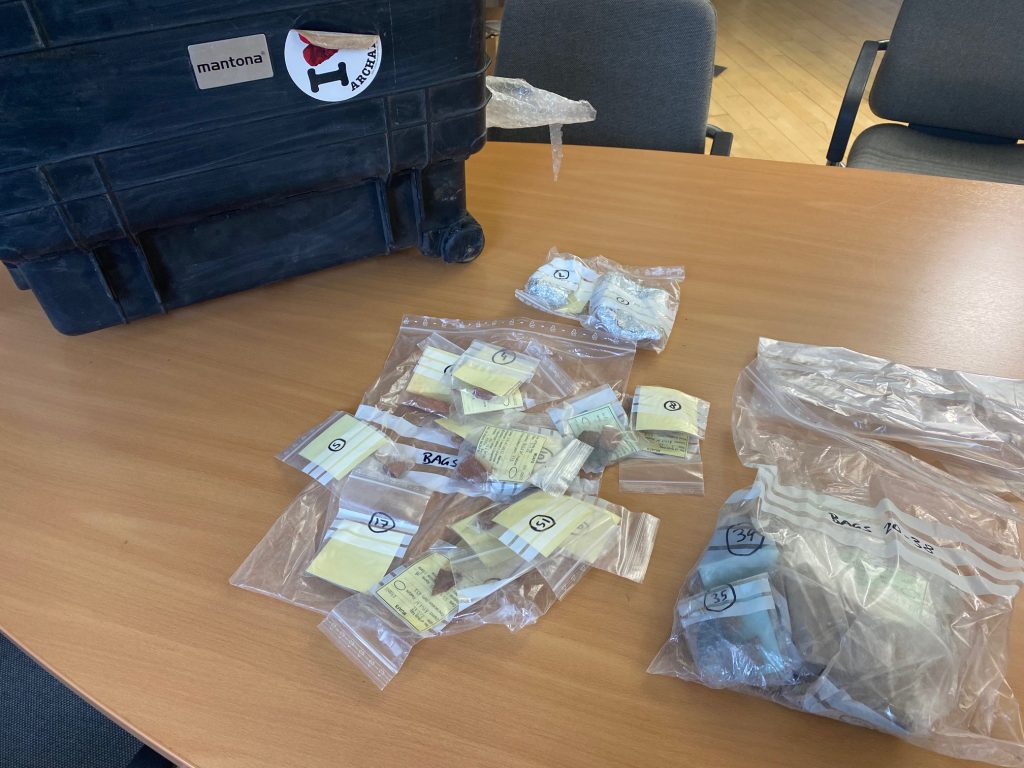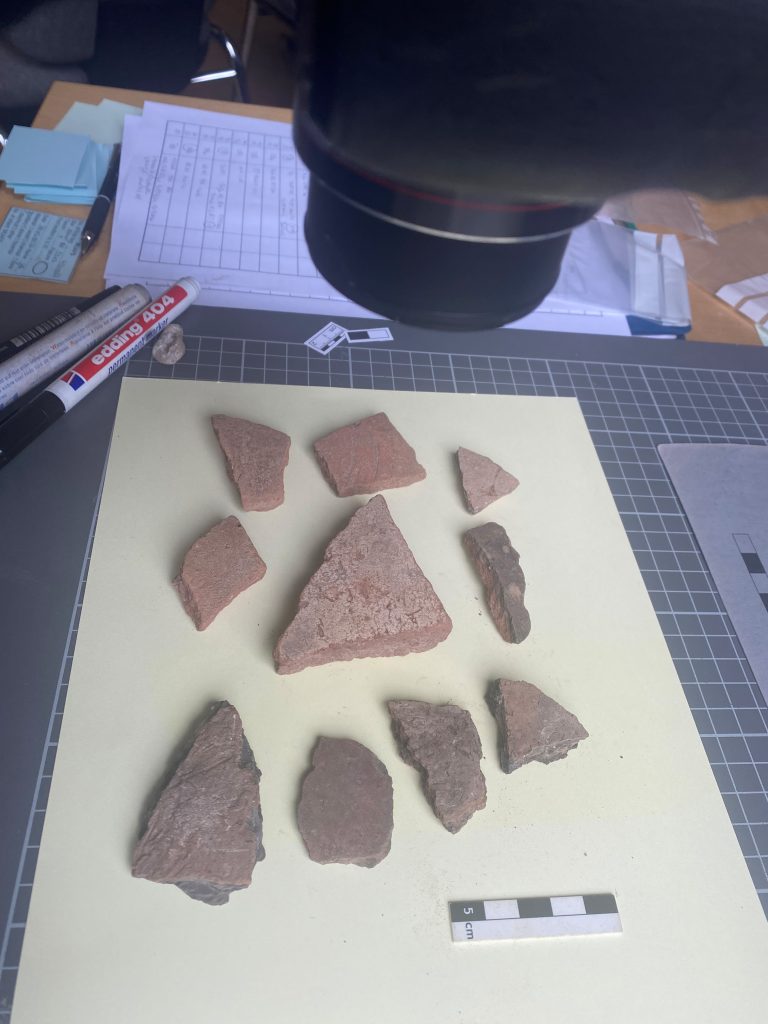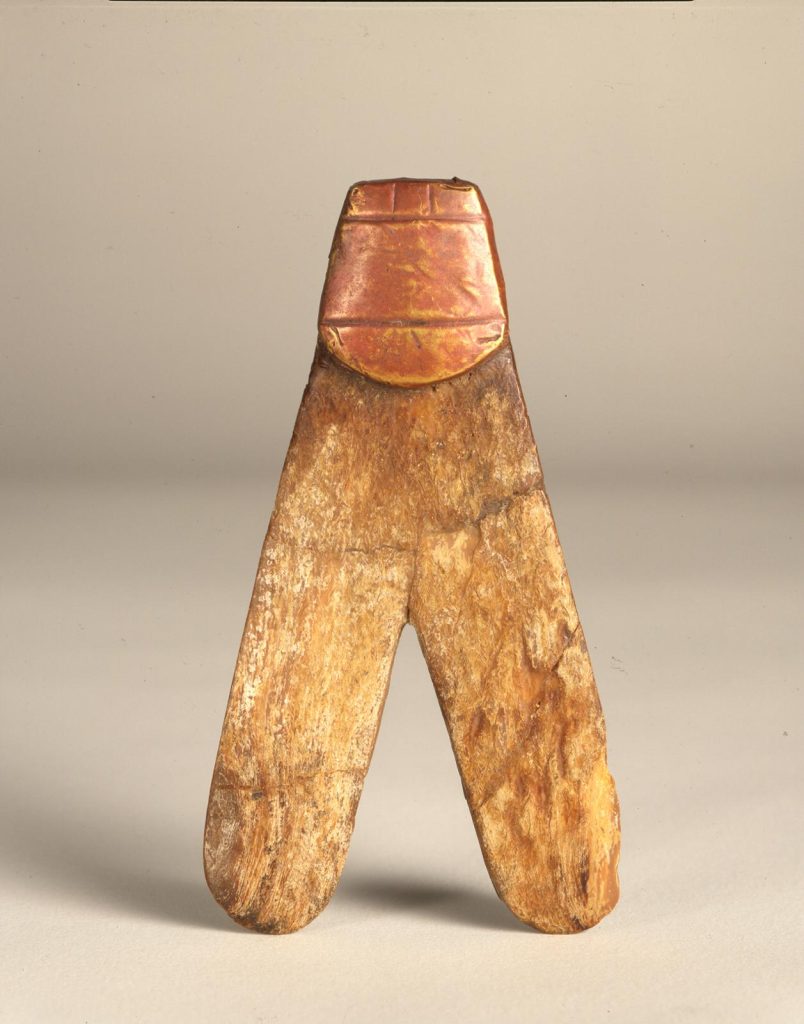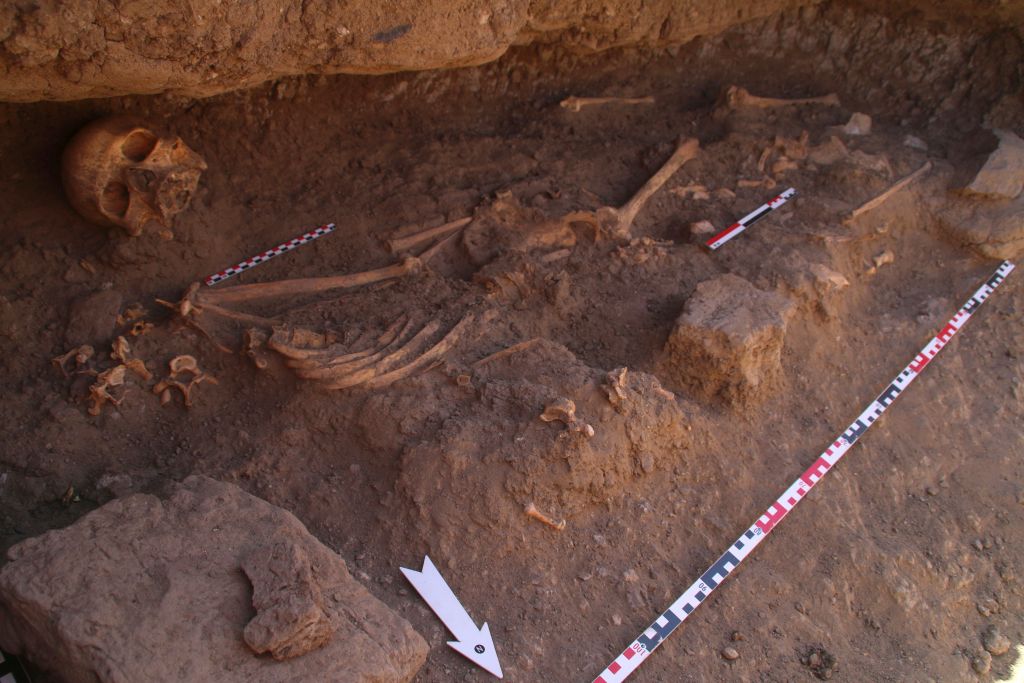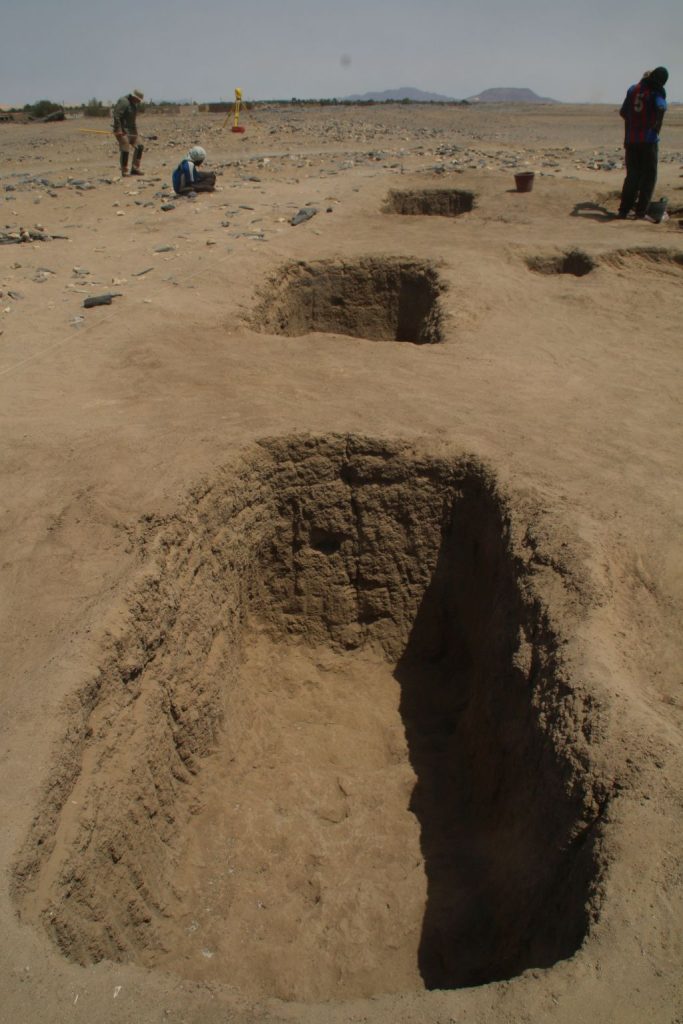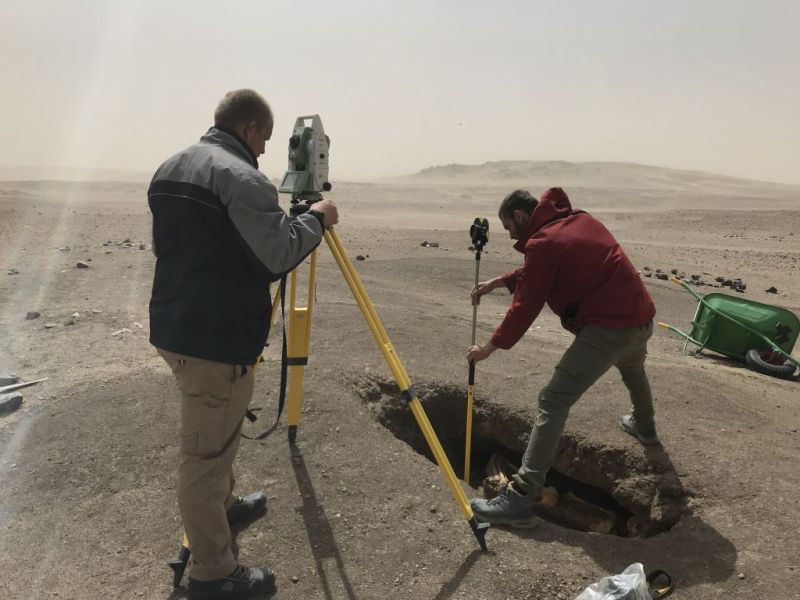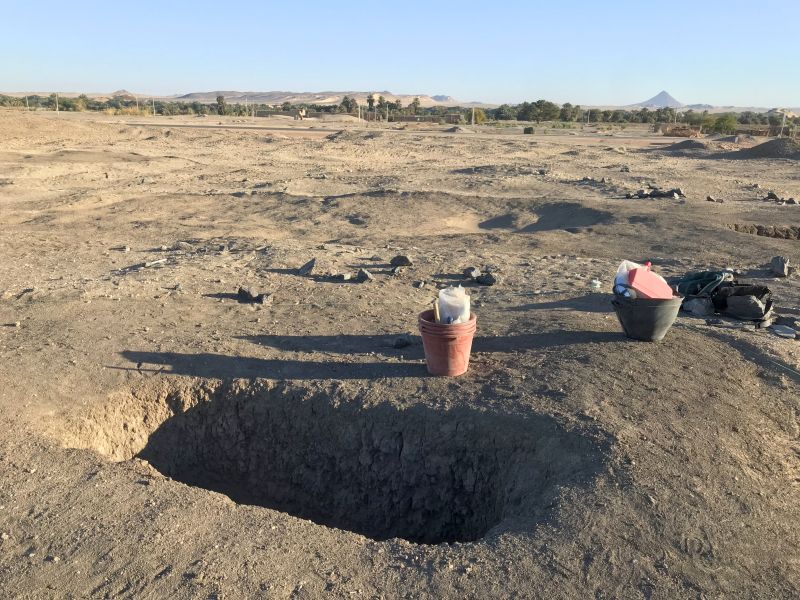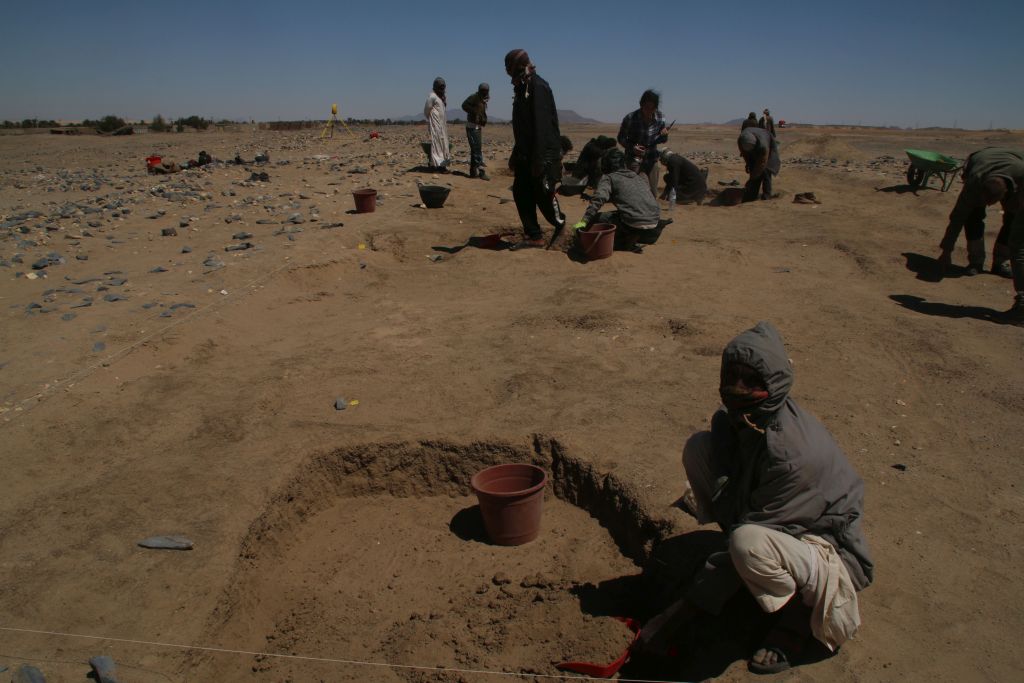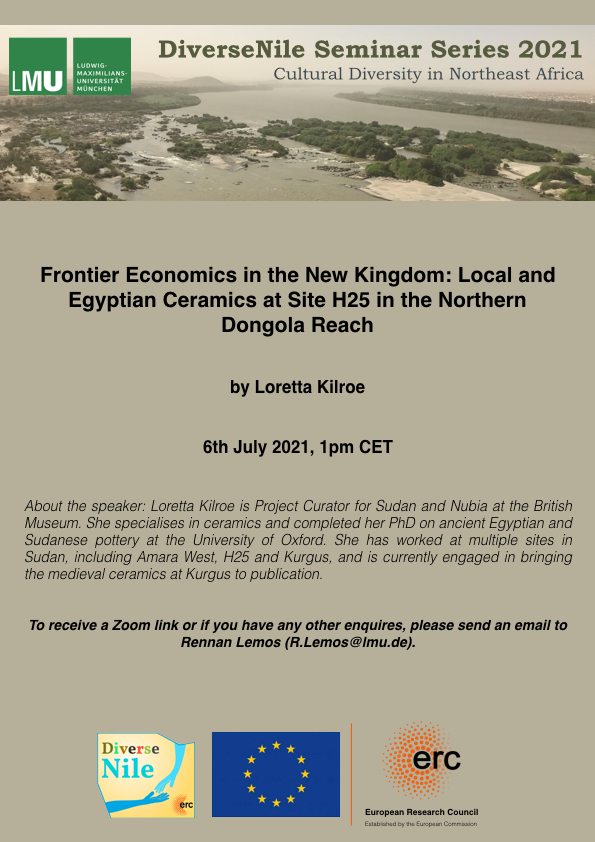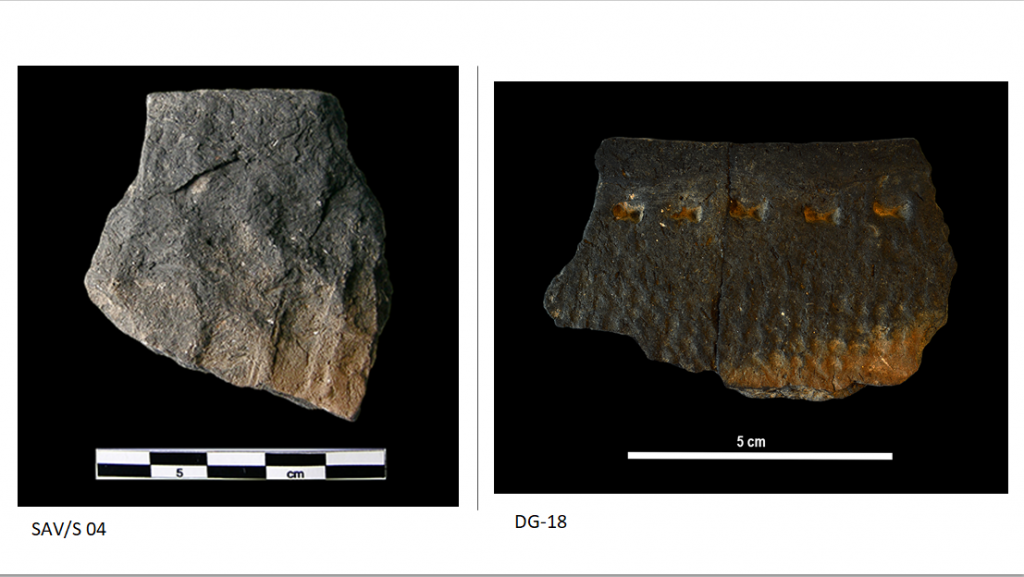I am delighted to announce that the DiverseNile Seminar Series 2022 continues after our short summer break. Next Tuesday, Sept 27, Jérôme Dubosson, Université de Neuchâtel, will talk about “Living and dying with livestock: Some thoughts on pastoralism in the Kingdom of Kerma during the 3rd and 2nd millennia BCE.”
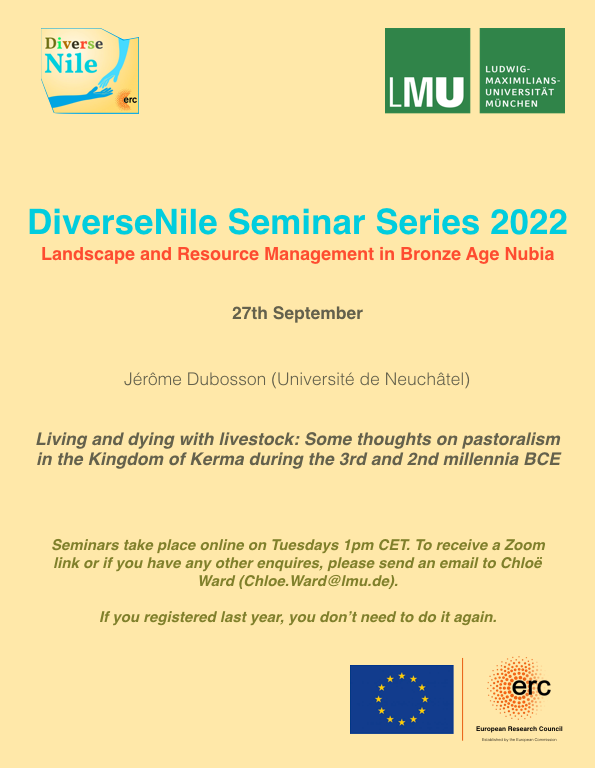
Trained in archaeology and anthropology, Jérôme wrote his doctoral thesis on the cultural and social role of cattle among pastoralists in North East Africa. His interdisciplinary research aims to better understand the development of African pastoralism in time and space. Since 2007, Jérôme has been working with the Swiss Archaeological Mission in Kerma. He recently wrote the article “Cattle Cultures in Ancient Nubia” for the Oxford Handbook of Ancient Nubia (2021).
In this article, he gives a very useful overview of the ritual and cultural role of cattle in Nubian pre- and protohistoric societies according to archaeological findings like bucrania and engraved figures of cattle in rock art.
The question of the use of bucrania is also a very interesting one for our DiverseNile project. As Jérôme remarks, such deposits are mostly attested in the rich tombs in the main centres of the Kerma empire, at Kerma and Sai Island (Dubosson 2021). In marginal cemeteries of the Kerma kingdom, bucrania are rare and animal deposits are mainly found as meat offerings inside the grave. This also holds true for two of the Kerma cemeteries in our MUAFS concession, at Ferka (3-G-19) and Ginis (GiE 003) as well as for their closest parallels, the cemeteries of Ukma and Akasha in the Batn el-Haggar. Since all these marginal sites, especially GiE 003, find otherwise close parallels in the cemeteries at Sai, this really seems to relate to varying funerary customs in the hinterland of the northern Kerma stronghold.
There is much potential in further research on provincial Kerma cemeteries – as Carl Walsh recently pointed out in an inspiring article with an exciting fresh approach, social and funerary practices in the Kerma kingdom seem to reflect complex interactions between regions and communities in what can be called a “pastoral state” (Walsh 2022). We still know little about the internal structure of this state, but we should probably consider various hierarchical local responses determined by different communities’ ability to consume (cf. Lemos and Budka 2021). In this respect, the different roles of livestock within such marginal communities and regions – despite of a central value given to cattle – are of key interest.
For now, I am very much looking forwards to Jérôme’s upcoming lecture!
References
Dubosson 2021 = Dubosson, J., Cattle cultures in Nubia, in: Emberling, G. & Williams, B. (eds.), The Oxford Handbook of Ancient Nubia, Oxford 2021, 908-926, https://doi.org/10.1093/oxfordhb/9780190496272.013.48
Lemos and Budka 2021 = Lemos, R. and Budka, J., Alternatives to colonization and marginal identities in New Kingdom colonial Nubia (1550-1070 BCE), World Archaeology 53/3 (2021), 401-418, https://doi.org/10.1080/00438243.2021.1999853
Walsh 2022 = Walsh, C., Marginal communities and cooperative strategies in the Kerma pastoral state, JNEH 10 (2022), https://doi.org./10.1515/janeh-2021-0014

